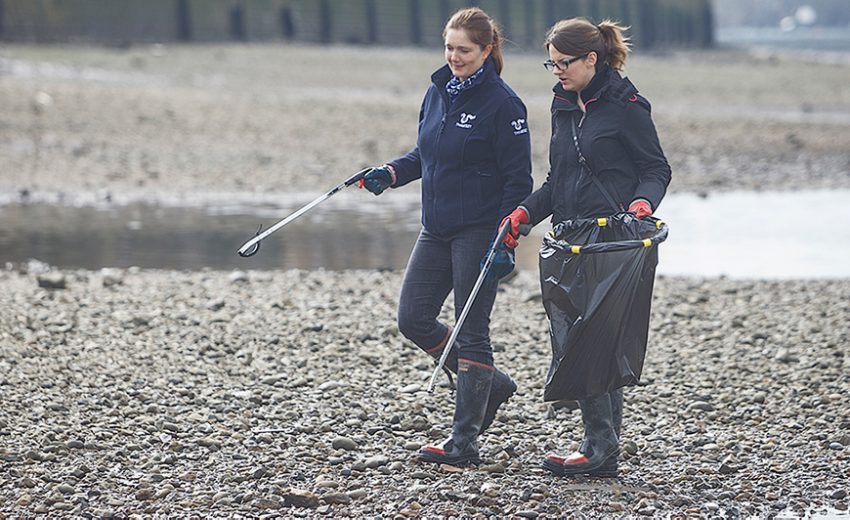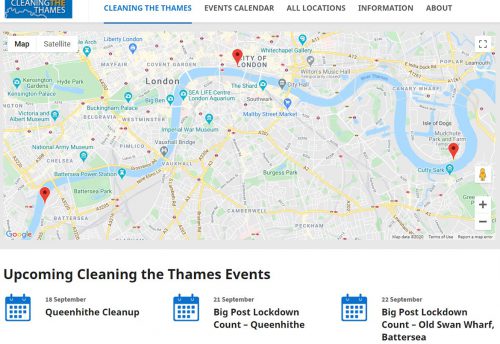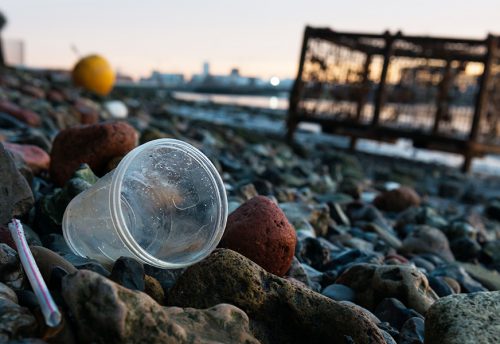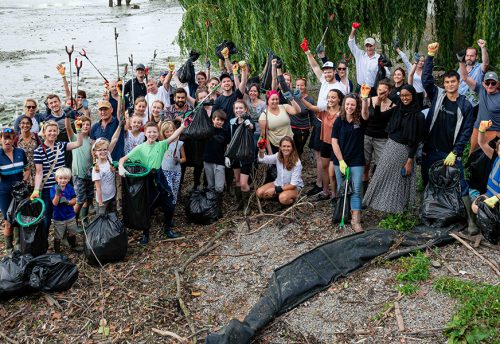
Important Safety Information
The Thames foreshore is potentially hazardous and some dangers may not always be immediately apparent. The Thames rises and falls by over 7.0m twice a day as the tide comes in and out. The current is fast and the water is cold.
Anyone going on the foreshore does so entirely at their own risk and must take personal responsibility for their safety and that of anyone with them. No one should enter the water under any circumstances. In addition to the tide and current mentioned above there are other less obvious hazards, for example raw sewage, broken glass, hypodermic needles and wash from vessels. Steps and stairs down to the foreshore can be slippery and dangerous and are not always maintained.
Under 16’s should always be supervised by a parent or guardian. The PLA advises that only children of a minimum age of 9, with a supervised adult, be allowed on the foreshore due to the hazards presented.
Be cautious of the following hazards:
- Broken glass, sharp objects, hypodermic needles
- Animal faeces
- Risk of conflict, i.e., asking member of public to stop littering
- Hazardous materials – drums with hazardous symbol, bombs, explosives
- Disposable BBQS
- Dead animals
- Over filling rubbish bags
- Fly tipping
- Crossing roads/ moving vehicles
Before going onto the foreshore consider:
- Wearing sensible footwear, hi vis vests and heavy- duty gloves
- Carrying an emergency mobile phone
- Not going alone
- Have a good knowledge of the area being visited. Check for weather and travel warnings provided by the Met Office/EA.
- The tide; is it rising or falling? (Check our tide prediction tool ahead of going out!)
- Sharps should be reported to the local Council Waste Services team. If you are unsure of whether the litter is hazardous or not, leave it and contact the local council waste team.
- Be aware of nearby wildlife. Try to avoid disturbing nesting birds along the bank. There are several species of plants and animals that could pose a risk: (a) Giant Hogweed, (b) Oak Processionary Moth Caterpillars, (c) Ticks and Wasp nests.
When litter picking, we advise the following:
- Only pick up litter with litter pickers.
- Use heavy duty, tough gloves to protect hands.
- Avoid contact with animal faeces.
- Do not confront anyone littering.
- Do not overfill sacks, ensure the bag is comfortable to carry and if struggling start a fresh bag.
- Do not hold sacks against your body.
- Abandoned disposable BBQs can still be very hot therefore proceed with caution and only pick up if you are sure it has cooled.
- Do not touch animals (dead or alive) including fish, birds, bait boxes with maggots or other bait.
- If an item is stuck (beware as items may be tethered) then leave item alone.
Always make sure you can get off the foreshore quickly – watch the tide and make sure that steps or stairs are close by. If you come across any bombs DO NOT TOUCH. Contact the Police immediately on 999 for further advice.
Finally, be aware of the possibility of Weil’s Disease, spread by rats’ urine in the water. Infection is usually spread through cuts in the skin or through eyes, mouth or nose. Cover all cuts and scratches and wash hands before eating or drinking. Medical advice should be sought immediately if ill effects are experienced after visiting the foreshore, particularly “flu like” symptoms i.e. temperature, aching etc.
Please note that this list is not exhaustive, if you would like to read our full risk assessment for carrying out litter picks near the Thames, please email [email protected]



